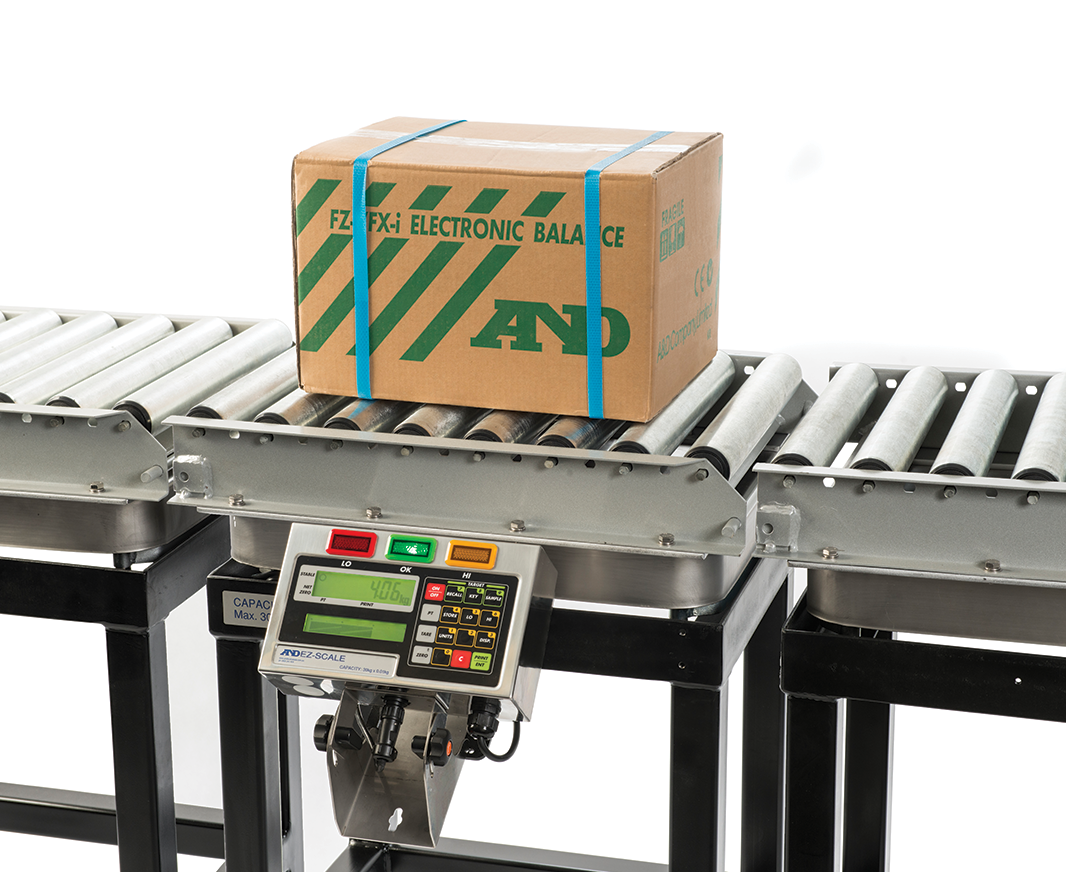In the fast-paced world of modern manufacturing and packaging, efficiency, accuracy, and quality control are paramount. One critical component that ensures these standards are met is the carton checking system. These systems are designed to inspect cartons for various parameters, ensuring that they meet the necessary standards before they reach the consumer.
What is a Carton Checking System?
A carton checking system is an automated inspection system used in packaging lines to verify the integrity and accuracy of cartons. These systems employ a combination of technologies, such as vision inspection, weight checking, and barcode scanning, to ensure that each carton meets predefined criteria. The primary goal is to detect and reject defective products, thus maintaining high-quality standards and preventing faulty products from reaching the market.
Components of a Carton Checking System
- Vision Inspection Systems: These systems use cameras and image processing software to check for visual defects such as misprints, incorrect labels, and structural damages. They can also verify the presence and position of labels, ensuring that each carton is correctly labeled and oriented.
- Weight Checking Systems: Also known as checkweighers, these systems measure the weight of each carton to ensure it falls within the specified range. This is crucial for products that need to meet precise weight standards, such as food and pharmaceuticals.
- Barcode Scanners: Barcode scanners read and verify barcodes on cartons to ensure they match the product information. This helps in tracking and tracing products throughout the supply chain and prevents mix-ups.
- Rejection Mechanisms: When a defect is detected, the carton checking system uses rejection mechanisms, such as pushers rejectors or air jets, to remove the faulty carton from the production line. This ensures that only products that meet quality standards proceed to the next stage.
The Importance of Carton Checking Systems
- Quality Assurance: Carton checking systems play a crucial role in maintaining product quality. By detecting defects early in the production process, manufacturers can address issues before they become widespread, ensuring that only high-quality products reach consumers.
- Compliance and Safety: Many industries, such as food and pharmaceuticals, are subject to strict regulatory requirements. Carton checking systems help manufacturers comply with these regulations by ensuring that all cartons meet the necessary standards for labeling, weight, and integrity.
- Cost Savings: Detecting and rejecting defective products early in the production process can save manufacturers significant costs associated with recalls, returns, and reputational damage. By preventing defective products from reaching the market, manufacturers can avoid the costs and negative publicity associated with product failures.
- Efficiency and Productivity: Automated carton checking systems streamline the inspection process, reducing the need for manual checks and increasing overall production efficiency. This allows manufacturers to produce more products in less time, meeting market demands more effectively.
Types of Carton Checking Systems
- Standalone Systems: These systems are installed as separate units on the production line and perform specific checks, such as weight or vision inspection. They can be easily integrated into existing production lines and offer flexibility in terms of placement and functionality.
- Integrated Systems: Integrated carton checking systems combine multiple inspection technologies into a single unit. These systems can perform a range of checks simultaneously, such as weight, vision, and barcode scanning, providing comprehensive inspection capabilities in a compact footprint.
- Customized Systems: Customized carton checking systems are designed to meet the specific needs of a manufacturer. These systems can be tailored to perform specialized inspections, handle unique carton sizes and shapes, and integrate with other production line equipment for seamless operation.
Benefits of Using Carton Checking Systems
- Enhanced Product Quality: By ensuring that each carton meets strict quality standards, manufacturers can deliver products that consistently meet customer expectations, building brand loyalty and trust.
- Improved Operational Efficiency: Automated inspection reduces the need for manual checks, speeding up the production process and allowing manufacturers to meet tight deadlines without compromising quality.
- Regulatory Compliance: Carton checking systems help manufacturers adhere to industry regulations, reducing the risk of non-compliance and associated penalties.
- Reduced Waste: Early detection of defects prevents the production and distribution of faulty products, reducing waste and minimizing environmental impact.
- Traceability and Tracking: Barcode scanning capabilities enable better traceability and tracking of products throughout the supply chain, enhancing inventory management and reducing the risk of product recalls.
Implementing a Carton Checking System
- Assessment of Needs: The first step in implementing a carton checking system is to assess the specific needs of the production line. This includes identifying the types of defects to be detected, the required inspection technologies, and the desired level of automation.
- Selection of System: Based on the assessment, manufacturers can select a carton checking system that meets their requirements. This may involve choosing between standalone, integrated, or customized systems.
- Integration with Production Line: The chosen system needs to be integrated with the existing production line. This may involve coordinating with equipment suppliers and system integrators to ensure seamless operation.
- Training and Support: Training staff to operate and maintain the carton checking system is essential for ensuring its effective use. Manufacturers should also establish a support plan to address any technical issues that may arise.
- Continuous Improvement: Carton checking systems should be regularly reviewed and updated to adapt to changing production needs and technological advancements. Continuous improvement efforts can help maintain high standards of quality and efficiency.
Conclusion
Carton checking systems are an indispensable component of modern packaging lines. They ensure that products meet strict quality standards, comply with regulations, and maintain brand reputation. By automating the inspection process, these systems enhance operational efficiency, reduce costs, and support sustainability efforts. As technology continues to advance, carton checking systems will become even more sophisticated, offering greater accuracy and functionality to meet the evolving needs of the packaging industry.





Comments